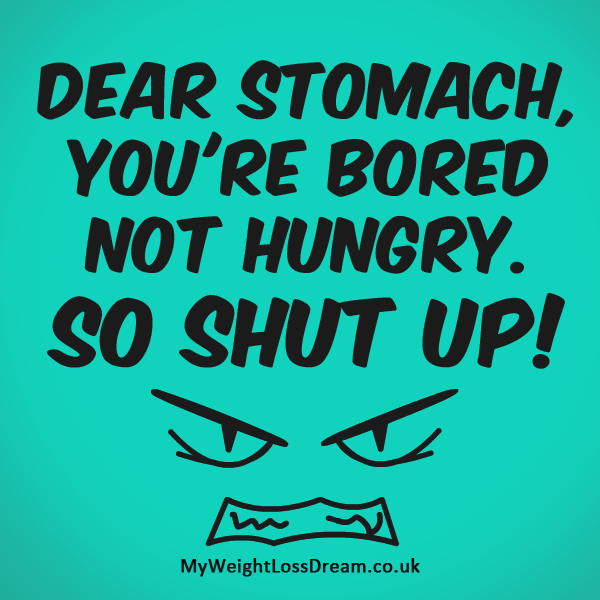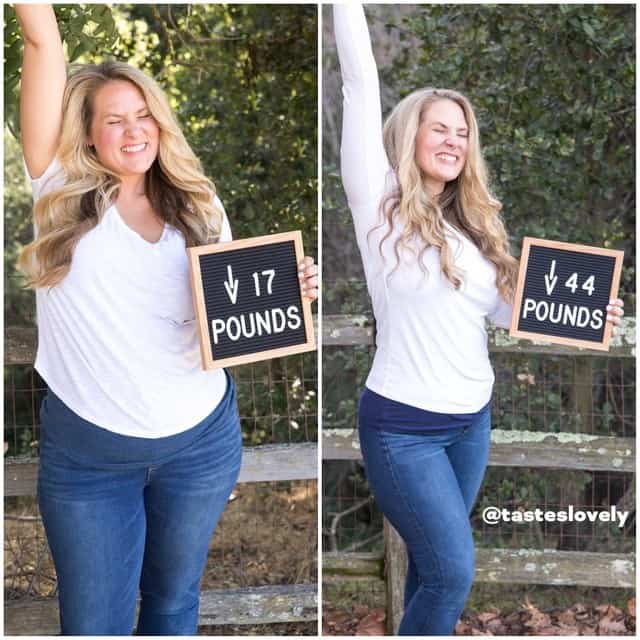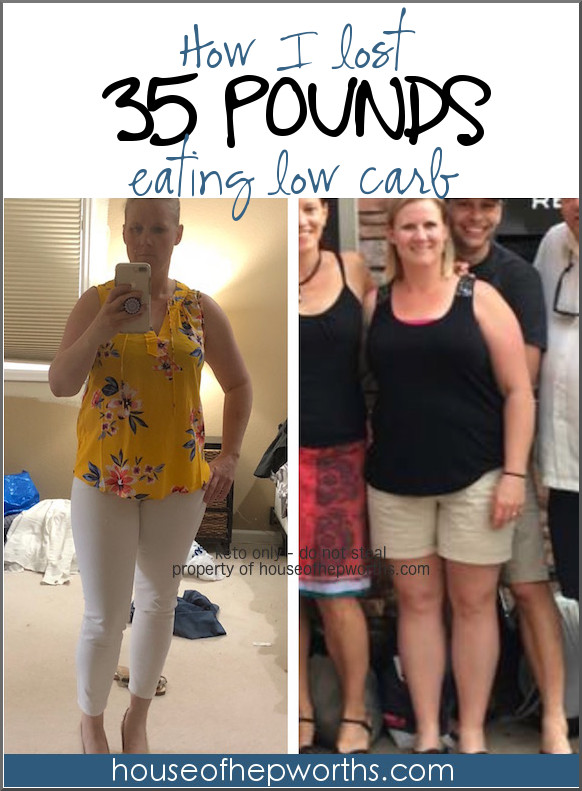
For beginners who are trying to lose weight, it is essential to burn more calories than what you eat. One pound of body fat is approximately 3,500 calories. Thus, 1,800 calories per day will help you lose half a kilogram. Many people are overweight and eat more than what their bodies require each day. You will initially burn less calories than what you really need to lose weight. Running can make runners feel fatigued and tired.
Creating a calorie deficit
It is possible to safely lose weight by running in a calorie deficit. In general, a deficit of four to six hundred calories per day is enough to shed about one pound a week. One good rule of thumb to follow is to aim to lose at most one pound per day. Even then, running takes a lot of energy. The following steps can help you achieve your weight goal and keep it off.

Warming up
When it comes to running, warming up before a workout is critical to avoid injury and maximize performance. This warm up has three parts. The first phase increases blood flow and body temperatures, which primes the muscles to be more flexible and receives better oxygenation. The specific phase involves running-specific biomechanics and activating the nervous system. The heart rate is increased and the muscles are more flexible and responsive.
HIIT exercise
Although HIIT training is great for speed and endurance building, it isn't recommended for people who are new to the sport or are recovering from injury. Before moving to HIIT, beginners should build strength and endurance by doing total body strength training. Begin slowly and increase intensity only after they feel stronger or have healed from an injury. HIIT exercises are great for those who are new to running and want to lose weight.
Keep a journal
The benefits of journaling your weight loss efforts are many. Not only does it allow you to track progress, but it also allows you to gain a new perspective regarding your food intake. Keeping a fitness journal also lets you keep track of other healthy habits like water consumption and sleep. It may sound like a boring task, but it will make losing weight and keeping fit fun. Here are some ways to keep track of your running while you run:
Stretching
Stretching can help beginners avoid injury. Running is a great way to prevent lower back pain. For this simple stretch, lay flat on the ground. Bend forward at your waist. Your arms should be at shoulder-width. Next, raise your left foot and swing it up and downward fluidly. This position should be held for 30 seconds. This stretch targets muscles involved in arm swinging during running.

Diet
Running burns calories. However, you may not be aware of all the different types of running workouts, such as interval training, tempo running, and long distance running. Tempo runs are not appropriate for weight loss because they require you to maintain a high pace for long periods. If you're serious about losing weight, this type of workout is for you. You'll burn more calories if you work out faster.
FAQ
Why would you want to lose weight before turning 40?
Maintaining health and fitness is the most important thing for people over 40. It is important to stay fit throughout your life. This includes regular exercise, eating right, not smoking, moderate alcohol, and regular exercise.
It is important to recognize that our bodies change as we age. Our bones weaken and our muscles shrink. You can slow down the aging process if you take care of yourself.
Staying healthy and fit throughout your life is a great way to keep yourself young. These are some of the benefits:
-
Better Sleep
-
Better mood
-
Enhanced energy levels
-
Lower risk for cancer
-
A longer life
-
More independence
-
Better sex
-
Improved memory
-
Improved concentration
-
Greater circulation
-
Stronger immune system
-
Fewer aches and pains
What should I eat when I fast intermittently to lose weight
Cut out carbs to lose weight. This means eliminating carbohydrate-based foods such as pasta, bread, rice, potatoes, or other carbohydrate food.
Also, you should avoid eating too many protein as it can make you feel fuller for longer. This will ensure that you don't feel hungry as frequently.
Instead, choose foods rich in healthy fats. These foods will keep you full for hours after you eat them.
It's vital that you get enough water. Water helps you stay hydrated, which makes it easier to burn fat.
This could be because you find you really crave these foods when fasting. These cravings don't necessarily mean that you should give in. If you do that, you may gain more weight then you lose.
You can avoid overeating by being mindful of how much water you consume each day. If you feel hungry, drink water and not reach for another snack.
Although it might seem counterintuitive, this is actually proven to be a great way to lose weight. According to a study published in Obesity, participants consumed fewer calories if they drank plain water rather than sugary beverages.
Plain water was also shown to reduce hunger. If you want to lose weight, avoid sweetened beverages and drink water.
If you want to lose weight, you don't need to count every calorie or deprive yourself of certain foods. Instead, you should make small lifestyle changes.
You can swap your breakfast sandwich for an oatmeal bowl. Alternately, you can swap your afternoon cookie with a piece de fruit.
These easy swaps can add up and help you lose weight without spending hours in the kitchen.
Why Exercise Is Important to Weight Loss?
The human body can be described as an amazing machine. It's designed to move. Whether we are walking, running, swimming, biking, lifting weights, playing sports, dancing, jumping rope, riding our bikes, or just standing still, moving our bodies helps us stay healthy.
Exercise can also help you lose weight and tone your muscles. This will make you feel healthier both mentally and physically. It is common to hear people say that exercise is essential for weight loss. But what exactly is it?
-
Exercise boosts metabolism. Being active can increase your body's ability to use energy. Moving makes your heart beat faster and blood flows more quickly to your muscles. Your lungs also absorb oxygen. All of these activities are energy-intensive. You can burn calories more easily by exercising and increasing your metabolic rate. Calories refer to how much energy you use during physical activity.
-
Exercise reduces appetite. When you work out, you will naturally eat less calories.
-
Exercise increases strength. Muscle tissue takes more energy to work than fat tissue. So if you build lean muscle mass, you will need less food to maintain your current weight.
-
Exercise releases endorphins. Endorphins are hormones which make you happy. When you exercise, they are released into the bloodstream. Endorphins are known to block pain signals from your brain. This creates a sense of well being.
-
Exercise increases self-esteem. Regular exercise leads to higher self-esteem. This leads to healthier lives.
Small changes are the best way to lose weight. Try adding one of these tips to your routine today.
Statistics
- Another study found that 24 weeks of weight training led to a 9% increase in metabolic rate among men, which equated to burning approximately 140 more calories per day. (healthline.com)
- According to a study sponsored by the American Council on Exercise, a person weighing around 140 pounds (64 kg) would burn 108 calories at a 30-minute beginner's Pilates class or 168 calories at an advanced class of the same duration (26). (healthline.com)
- A 12-week study in 20 women with obesity found that walking for 50–70 minutes 3 times per week reduced body fat and waist circumference by an average of 1.5% and 1.1 inches (2.8 cm), respectively (healthline.com)
- One study in 9 active men found that HIIT burned 25–30% more calories per minute than other types of exercises, including weight training, cycling, and running on a treadmill (18Trusted Source (healthline.com)
External Links
How To
How to Intermittent Fasting
Intermittent fasting refers to a diet where you only eat one day per semaine, typically Monday through Friday. This diet aims to lower your overall calorie intake, while still ensuring you get enough nutrition. It's believed that this helps burn fat faster than if you were eating normal meals throughout the entire week.
The most popular form of IF is to limit calories to certain days. This means that you might skip breakfast every day and then indulge in whatever food you desire throughout the day. It is possible to choose to have three smaller meals each day, rather than two large.
You can choose from many different types of intermittent fasting such as alternate day fasting (alternative day fasting), 5/2 fasts (8/4 fasts), 16/8 fasts, and so on. There are pros and cons to each type of intermittent fasting. Alternate-day fasting is the easiest method to get started because it doesn't require any significant lifestyle changes. But, there are some people who find it hard to follow such a strict schedule. These people might prefer to try different methods.
I recommend alternate-day fasting if you're starting an intermittent fasting regimen. This will allow you gradually to transition into more extreme fasting habits without changing your lifestyle.